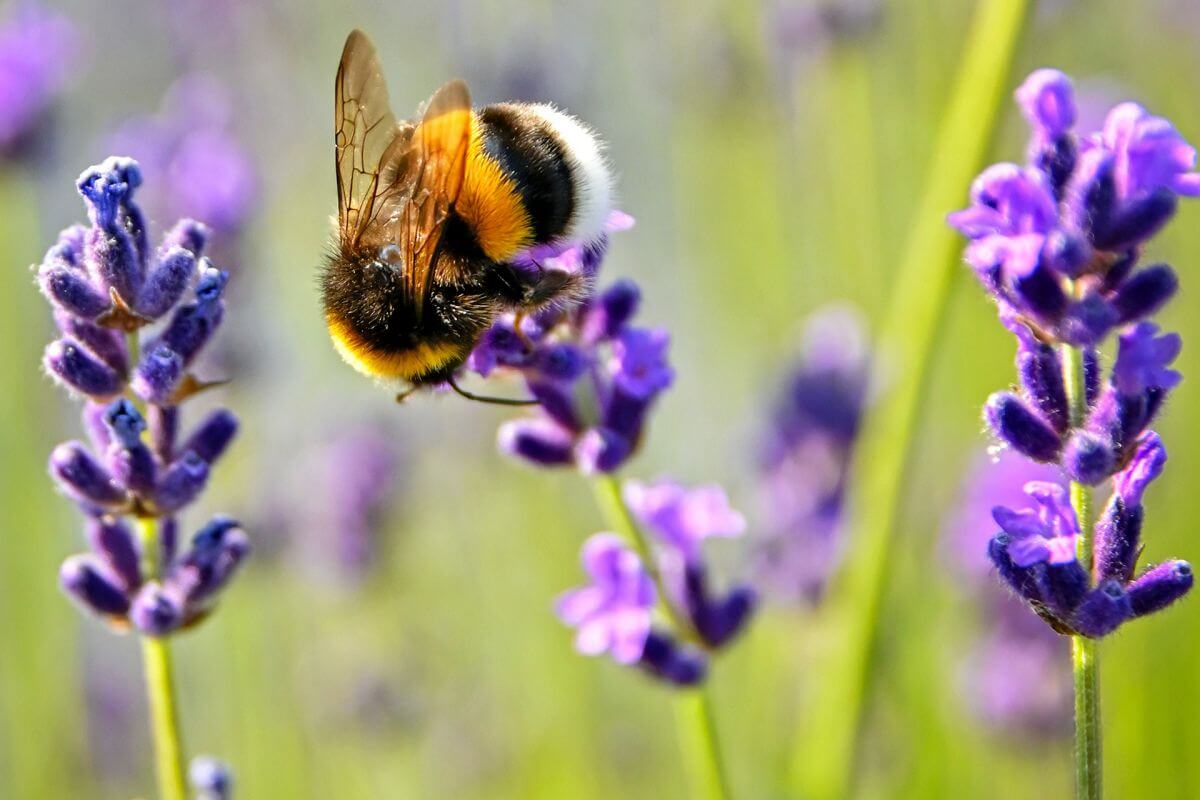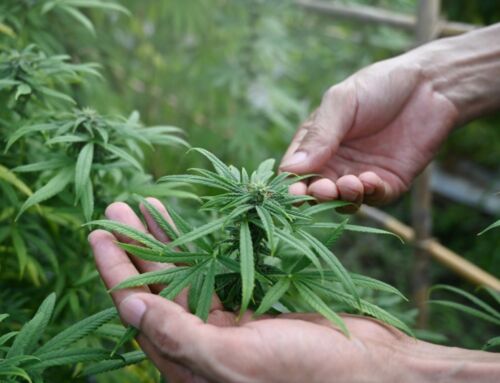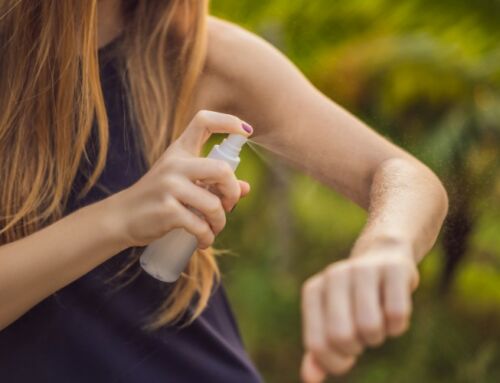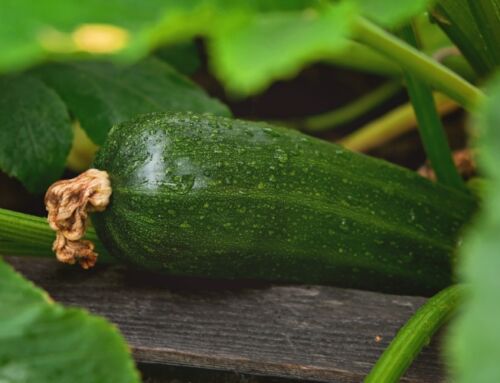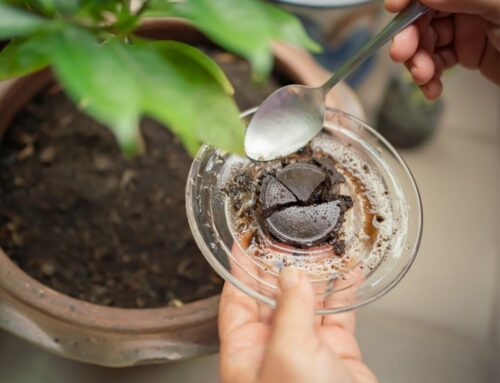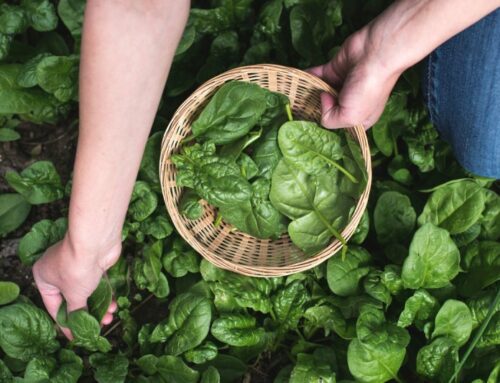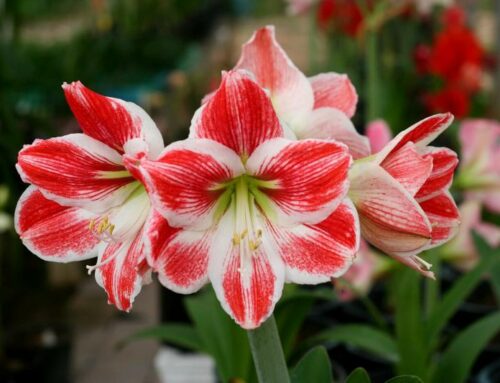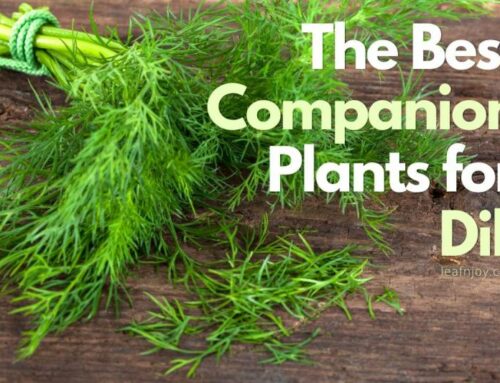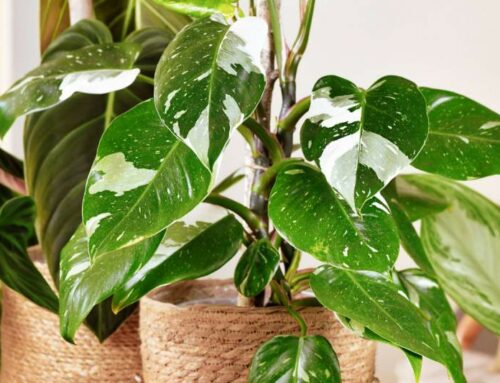This post may contain affiliate links. Read our Privacy Policy and Disclosure here.
If you have an outdoor or an indoor garden, you are probably already familiar with what vital role bees and other beneficial insects play in ensuring the survival of plant and animal species, and thus, us humans.
Bees are more important to human survival than most of us realize. For instance, if bees go extinct, our ability to grow crops will dramatically decrease. The result? Food shortage worldwide that might be devastating to both human and animal kind alike.
But bees are not our only friends in the garden. Other beneficial insects also play a key role for the pollination and protection of plants. Some of the beneficial insects are predatory: meaning that they feed on pests that are attacking crops and plants. For example, lady bugs are one of the best garden protectors that you might be able to spot.
Unfortunately, bees and other beneficial insects have been drastically impacted by the negative environmental changes going on on our planet due to pollution and the climate crisis that we are facing. The global environment is not affecting only us, it is also detrimental to our little garden helpers.
The good news is that we can reverse or at least stop this process, and we all can make a valuable impact. Don’t think that you are too small or that your actions are too insignificant to make a change in terms of changing the envrionment for the better. Every step and every action counts.
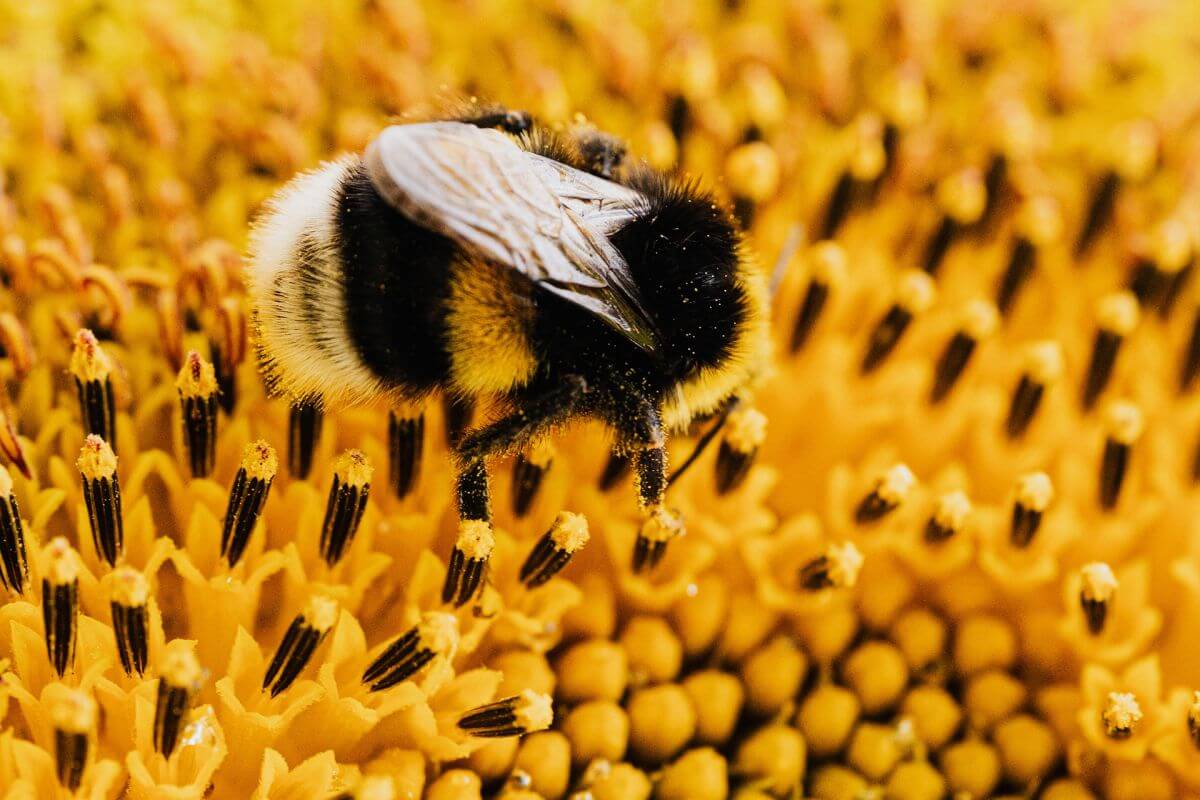
Are Our Bees Endangered?
You probably have heard already that bees are important for ensuring the survival of plants and sustainment of life. Most crops and wild flowers are unable to reproduce on their own and require an external helper to pollinate them. This means that if there is no one to pollinate the blooms, the plants will simply wither and die without producing any off-springs. Eventually, this will cause many plants and crops to go extinct. A scary thought, isn’t it?
Both wild and managed bees are the key pollinators of wildflowers and of ca. 85% of all cultivated crops. Let this number sink in: 85%! Imagine how few crops and thus food we would have access to if there are no bees.
There have been dramatic reports of the population of wild bees declining recently. The bumblebee is perhaps the most famous and recognisable bee but there are many more different types of bees out there: over 20 000 bee species are known. And a study from 2021 found a 25% decrease in the bee species observed in the period of 2006-2015 compared to the ones after the 1990s. This indicates a large disruption of the diversity of the population of bees and of their numbers. The verdict? There is a dramatic need for actions right now to ensure the survival of bee populations.
One might think that “this doesn’t affect me or that I, as an individual and my actions, don’t matter much” in terms of changing the environment for the better and helping our bee friends survive. But this cannot be farther from the truth. No matter how small, each action taken counts towards ensuring the survival of the bees and of all those friendly insects that help our plants and thus, us stay alive.
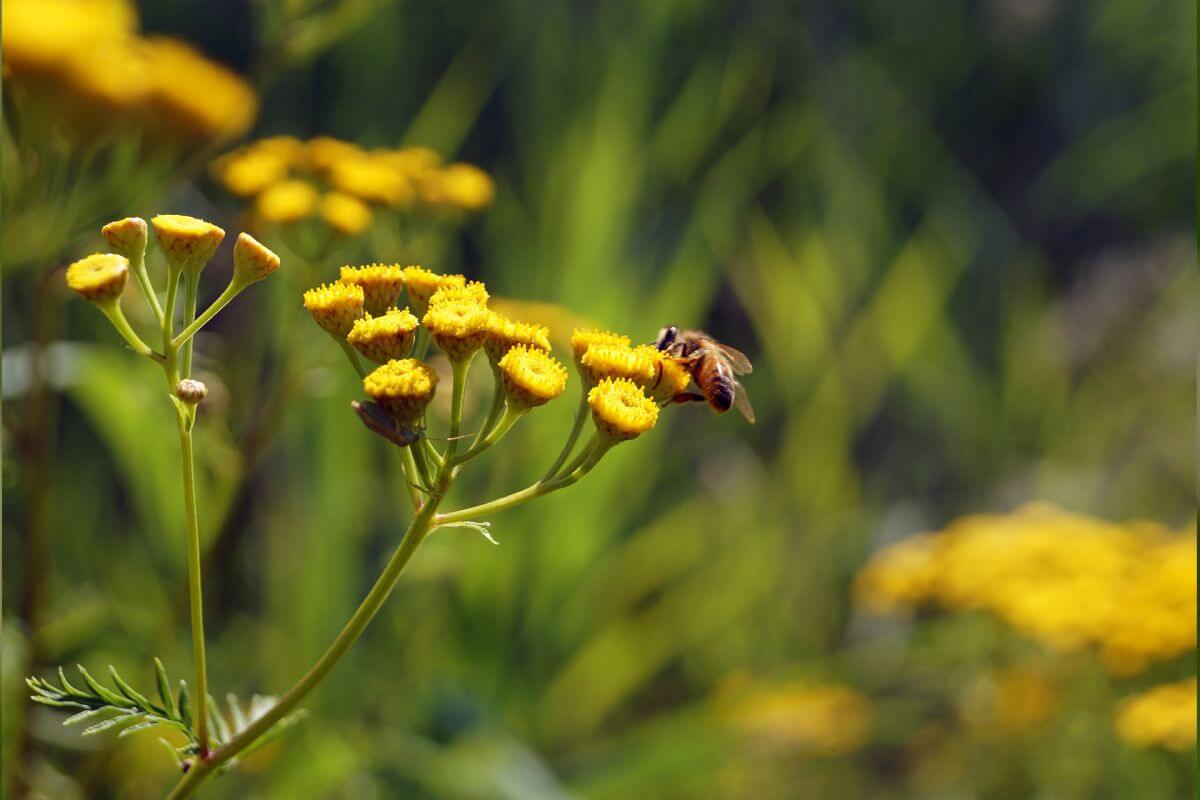
How To Help Bees and Other Beneficial Insects
Changing our environment for the better starts with each one of us getting involved. You matter and your actions do too!
Here is a list of easy things that you can do to help ensure that we have our buzzing friends flying around us forever:
- You can make your outdoor garden bee and insect friendly by:
- Keeping a diverse outdoor garden that includes native, wild, bee, and insect-friendly flowers. Planting flowers and plants that promote different varieties of cultures outdoors ensures that all beneficial insects will have something to munch on.
- Have a water source for any insects that might come visit you by filling a small shallow container with water and leaving it outside.
- Placing a little insect hotel outside (also called bug hotel or insect house). Insect hotels are especially helpful for the little ones during extreme weather conditions.
- Use pesticides outdoors responsibly:
- never apply pesticides to plants that are currently blooming as once a bee lands and tries to feed on the bloom, the little fuzzy thing might ingest the poison.
- apply pesticides on outdoor plants only when the bees are not actively feeding, eg: in the evening hours after dusk
- Even better: shy away from using pesticides that are chemical and are known to be harmful to beneficial insects. Pesticides are not only harmful to bees, but they also can pollute our waterways and affect negatively the health of animals and humans if used on crops that have been grown for consumption
- Neem oil is a great alternative to use instead of pesticides and it is non-toxic to mammals, bees, plants, and birds.
- Having a biodiverse garden can invite and enhance the population of beneficial insects, which, in turn, could be able to successfully control a pests’ infestation
- Alternatively, nowadays online, you can easily solve a pests’ problem by purchasing beneficial insects that are natural predators to the bugs you are trying to eradicate.
- Limit your consumption of wild honey or bee-derived products as the process of harvesting wild honey can be deteriorating to bee colonies.
- And last but not least: you could affect positively the environment by transitioning away from fossil fuels and by trying to minimize your CO2 impact as much as possible by, for example, recycling whenever possible, using as little electricity and water as needed, and opting for public transport versus a private car when the situation allows you to.
To support the bees and all the beneficial insects, we, at LEAFnJOY, have decided since 2022 to include a Bee-Friendly Flower Seed Packs in some orders from our plant-loving clients. Below you can read more information about the Flower Seeds that you might have received with an order from us.
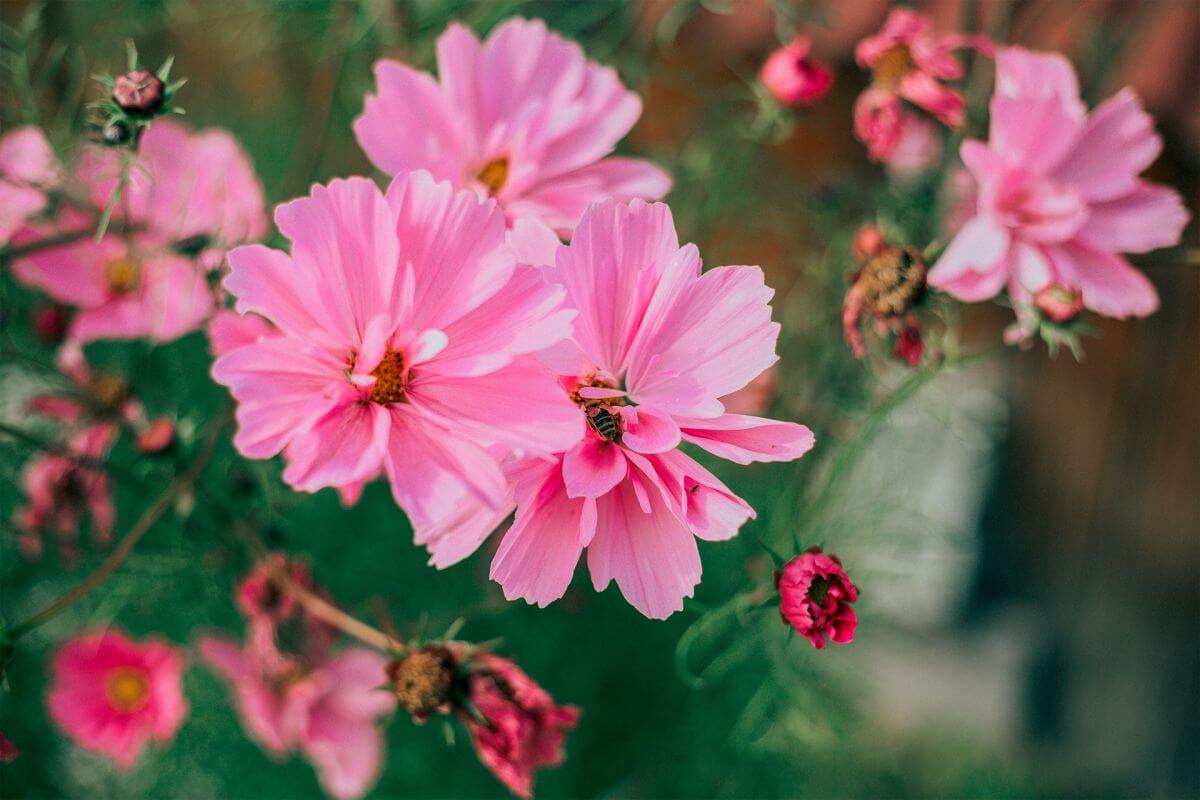
Bee-Friendly Summer Flower Seeds
What are the best ways to sow wildflower seeds to ensure high chances of germination and how to care for the bee-friendly summer flowers. Read below to find out.
Which flowers are inside the flower mix seeds for bees?
For our bee-friendly seed packs, we use a mix of seeds from Poppy, Flax, Delphinium, Garden Cosmos, Cornflower, Carnation, Lupine, Marigold, Phacelia, Sunflower, Seradella, Oil radish (Fodder radish), and more.
Bear in mind that each seeds packet contains a random amount of seeds from different flowers and therefore, it can’t be guaranteed that your bee pack contains all flowers listed above and the above list is just to be used as an example of the flowers that you might expect.
How to sow summer flower seeds
Should the flower seeds be sown outdoors or indoors? The seeds are meant to be sown outside where bees and other beneficial insects can benefit from them, once the flowers start blooming, and are not suited to be grown indoors. If you have a garden, you can simply sow them directly in the ground, alternatively, you can also grow the flowers in a large pot or multiple pots on a balcony.
How many flower seeds do I need? So far we have been sending seed packs of approximately 2.5 grams. Each pack contains seeds for about 0.25-0.5 square metres so ensure that the seeds are not sowed too densely as the flowers need space to grow. In a pot, you can simply spread and separate the seeds by sprinkling them on top. For example, half of the packet’s contents are enough for a large pot with a diameter of 20-25cm. For an outside growing area, you can mix the seeds with 2 spoons of dry sand for easier sowing.
What soil is best for the flower seeds? The flowers have no special requirements when it comes to their soil and can be grown in almost any soil type, except for very sandy, damp, or too manure-rich soils.
How to sow the flower seeds? To sow the seeds, ensure that the soil is clean of any weeds or other growth. You can use a rake to sow the seeds to ensure that the seeds have better contact with the soil. Alternatively, just sprinkle the seeds on top of moist soil and then cover lightly with some extra soil. Water the seeds well after sowing and ensure that your little bee paradise never dries out completely in the 2-3 weeks after sowing.
When is the best time to sow the seeds? The best time to sow the flower seeds is between April and May. It is possible to sow them also in March if you don’t expect any more frost in your area. The seeds can also be sown in June but this will usually result in a later than desired flowering period.
How to care for wildflowers
How much light do wildflowers need? The best location for the seeds is outside where they receive full sun to partial shade during the day.
When will the flower seeds bloom? Depending on when the seeds have been sown, the flowering period is anywhere from June to October.
How to care for the wildflowers? The bee flowers require very little maintenance and they don’t need to be fertilised. The only thing that you need to pay attention to is that they are receiving enough water during the germination and growing periods, especially when the weather is extremely hot and dry.
How tall do the flowers from the bee mix seeds become? The bee flowers usually grow to up about 50-80cm in height.
Flower seeds: storage & viability
Are the seeds perennial? As with most wildflowers, the seeds in the mix are annual. This means that a plant will not sprout from the same seed more than once. Annual flowers reproduce from seeds so you can collect the seed pods after the blooms have fully withered at the end of the growing season (eg: late fall). You can store the collected seeds in a dark and dry location, and sow them the following year from April to May.
How to store flower seeds? You should store your flower seeds after harvesting them in a dry and dark container.
For how long are flower seeds viable? Depending on how the seeds have been stored, they can be viable for anywhere between 1 to 3 years after harvest.
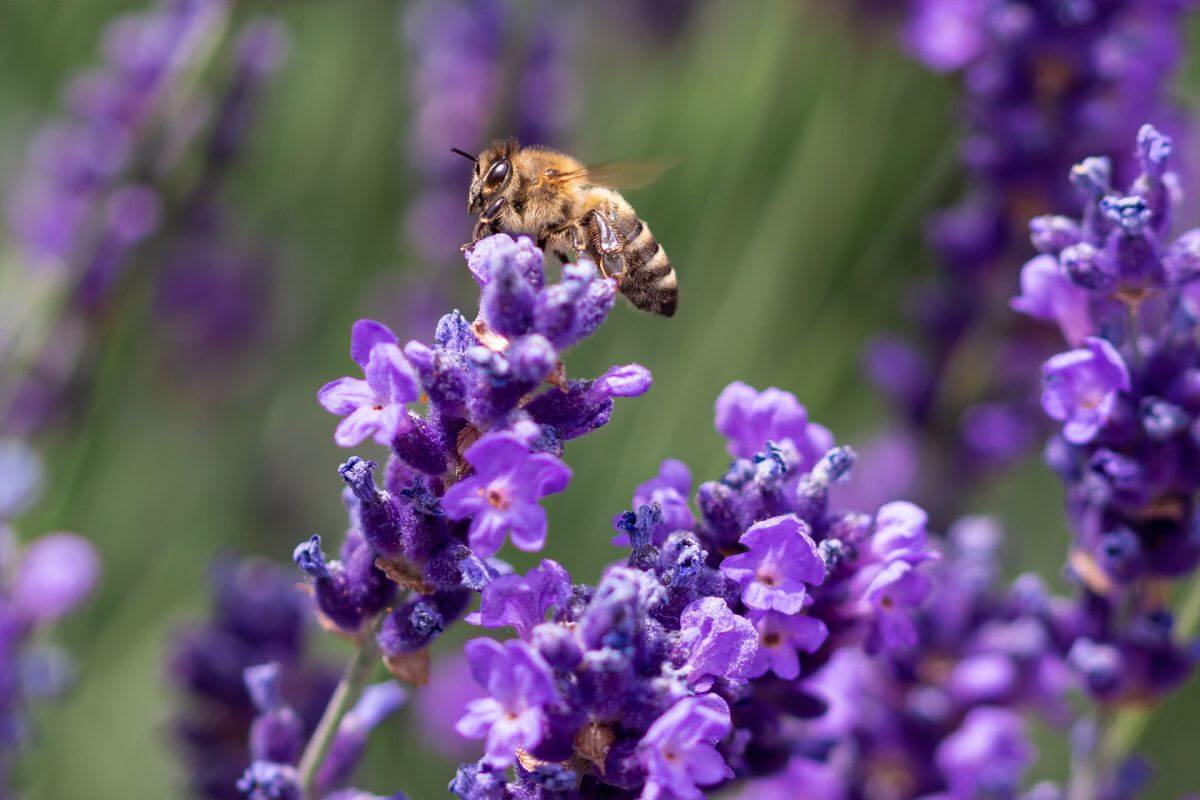
Bees and other beneficial insects are unfortunately still endangered and they still need our help to survive. Maybe you don’t interact with them daily but these little helpers are sustaining and helping your life on a daily basis. Bees and other insects are vital for the survival of many species on Earth, humans included. So we sure hope that our short Bee-friendly article has inspired you to take the first step in terms of ensuring the survival of our bees.

